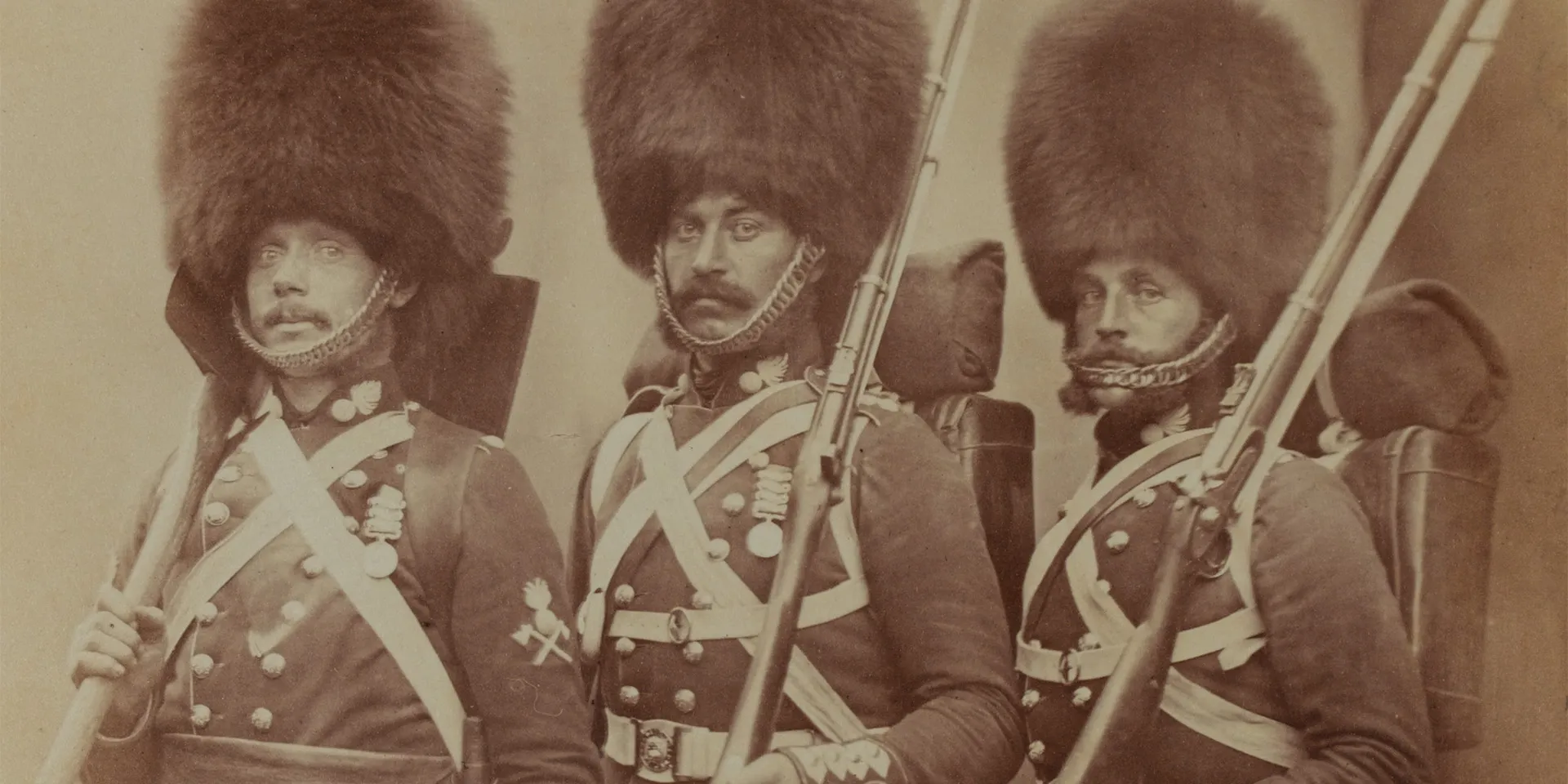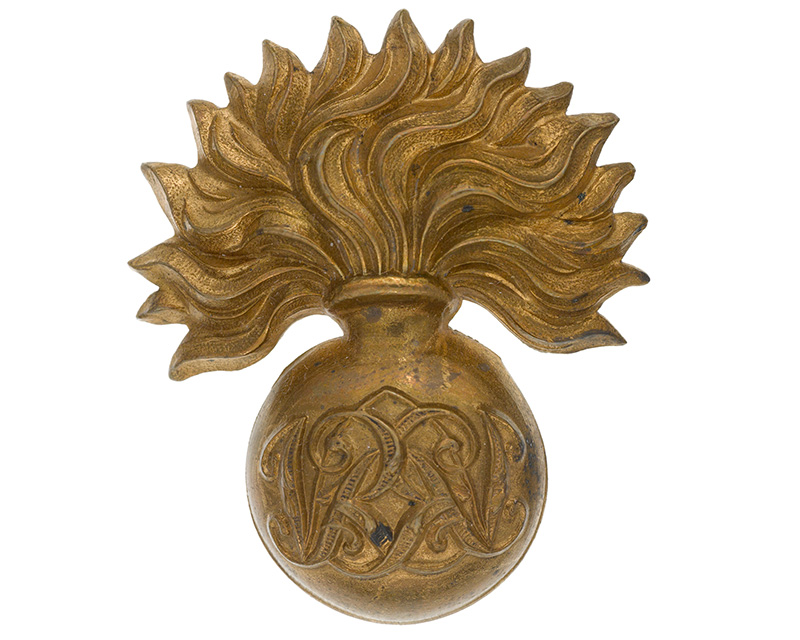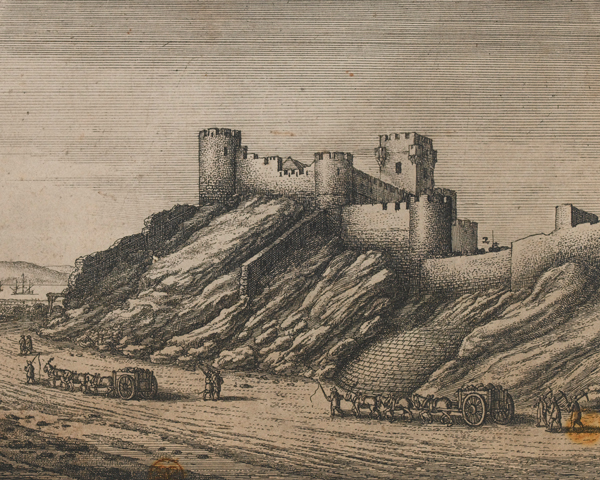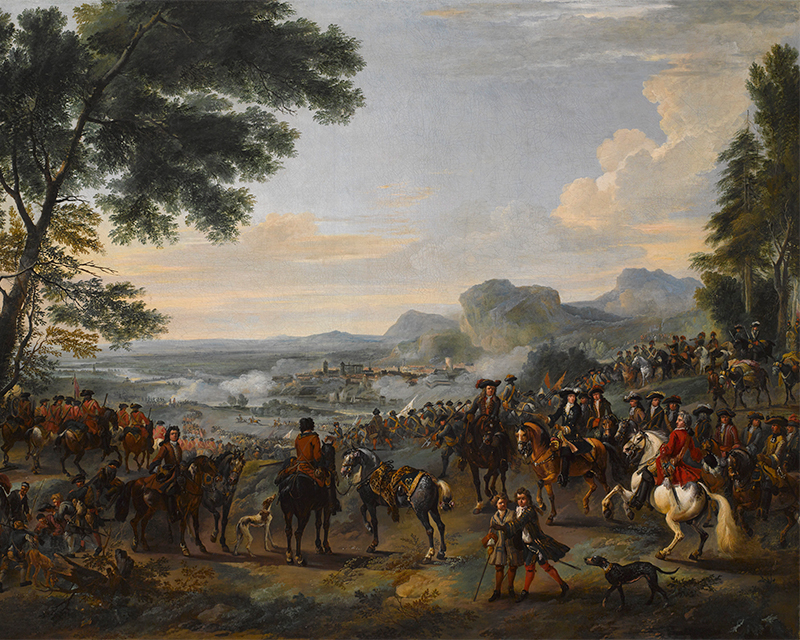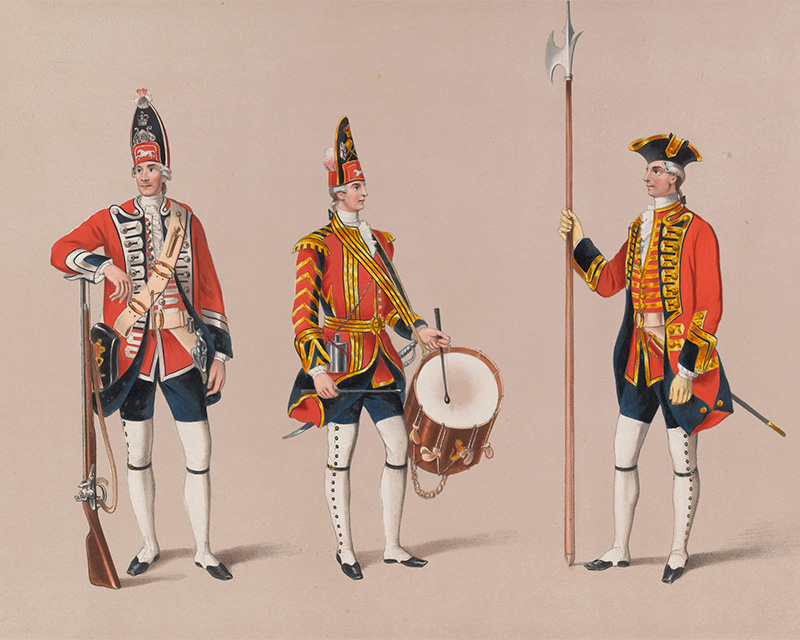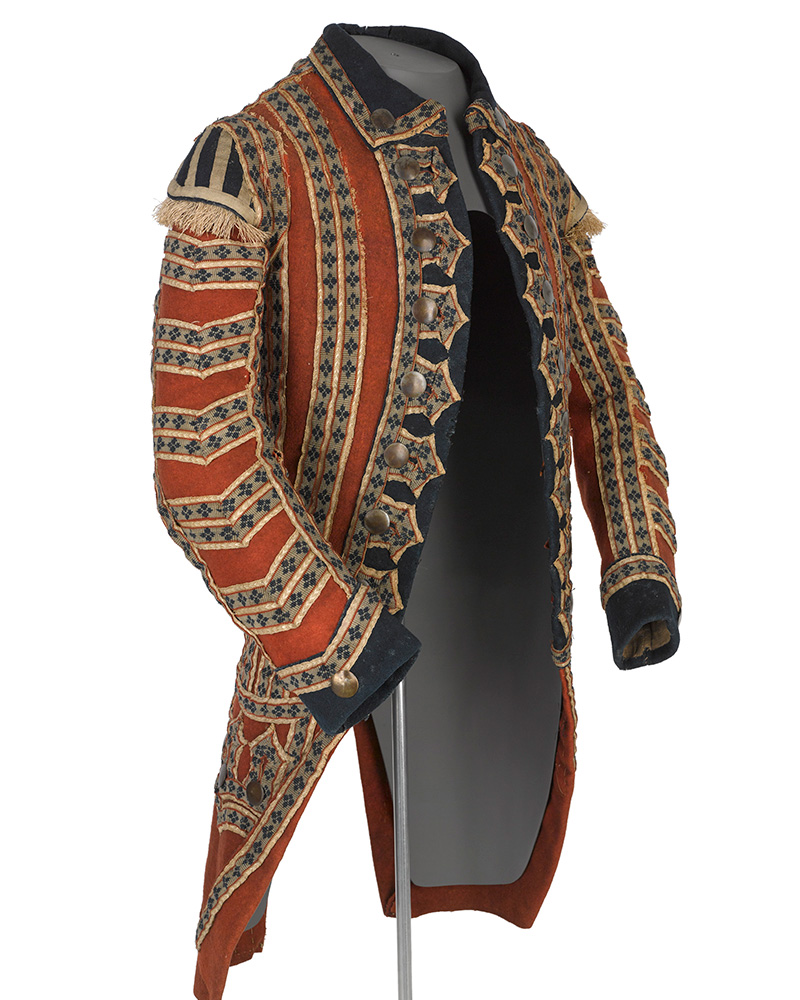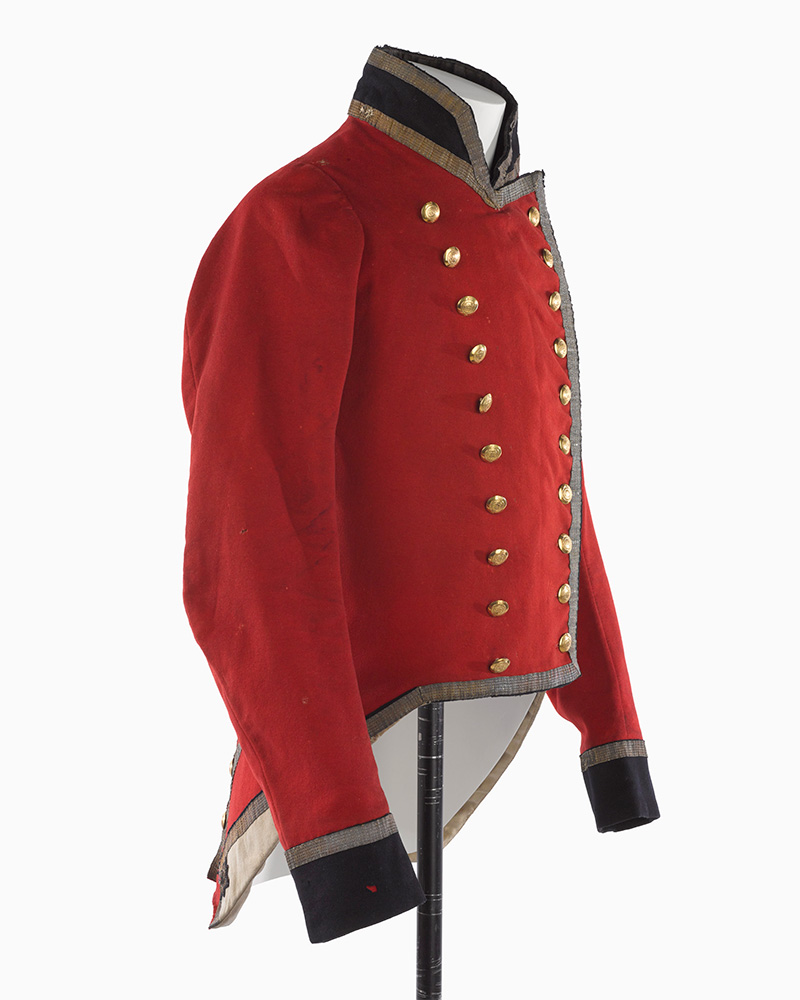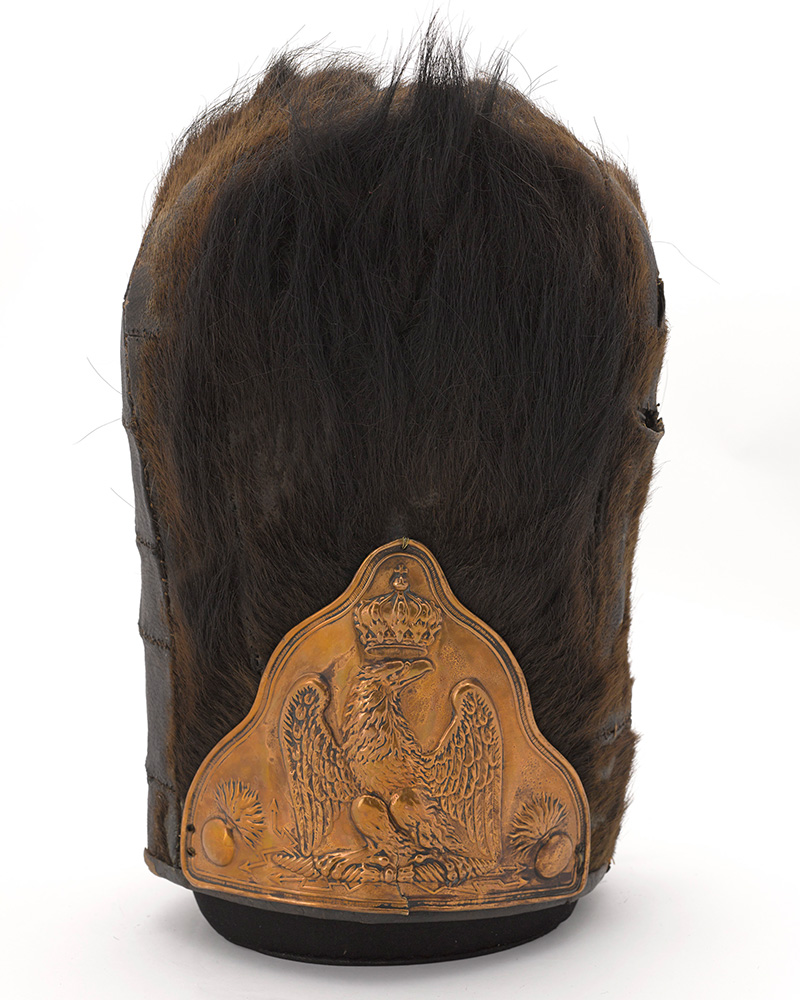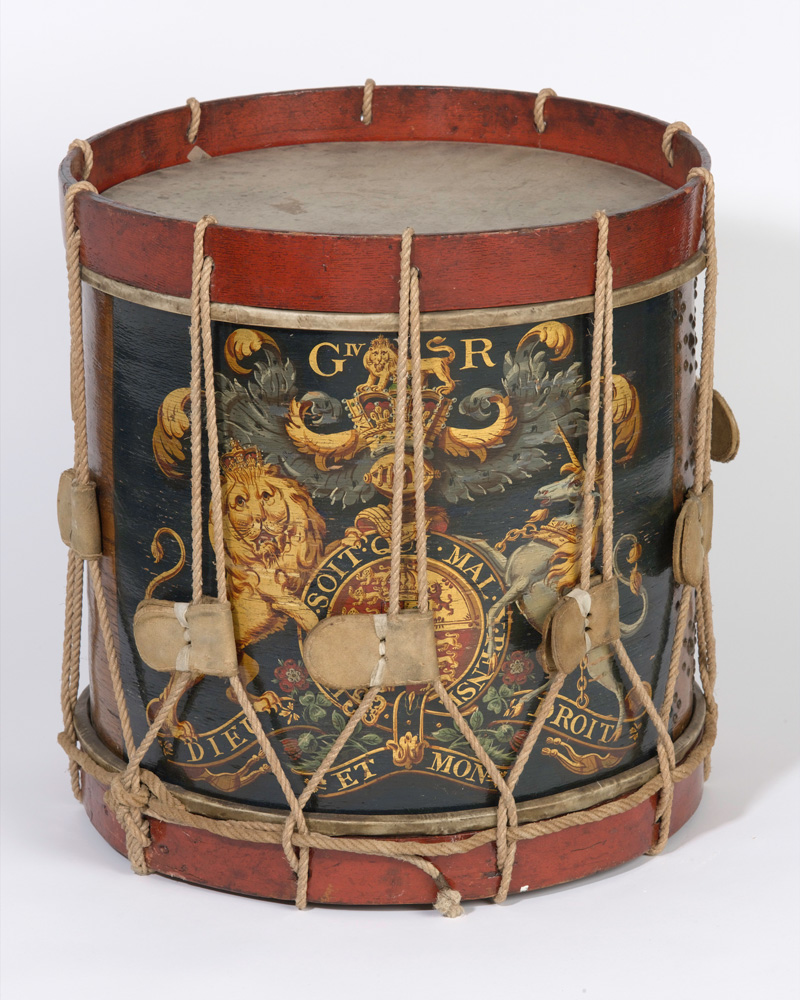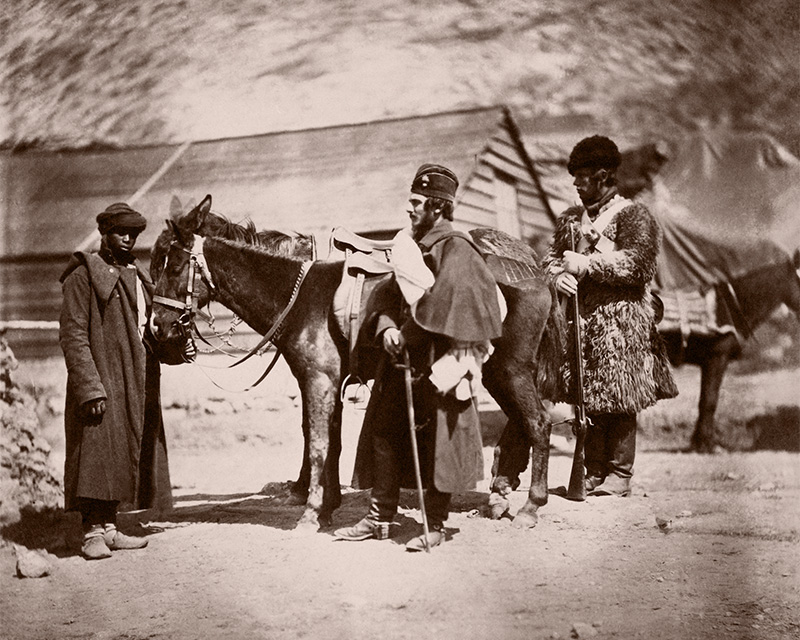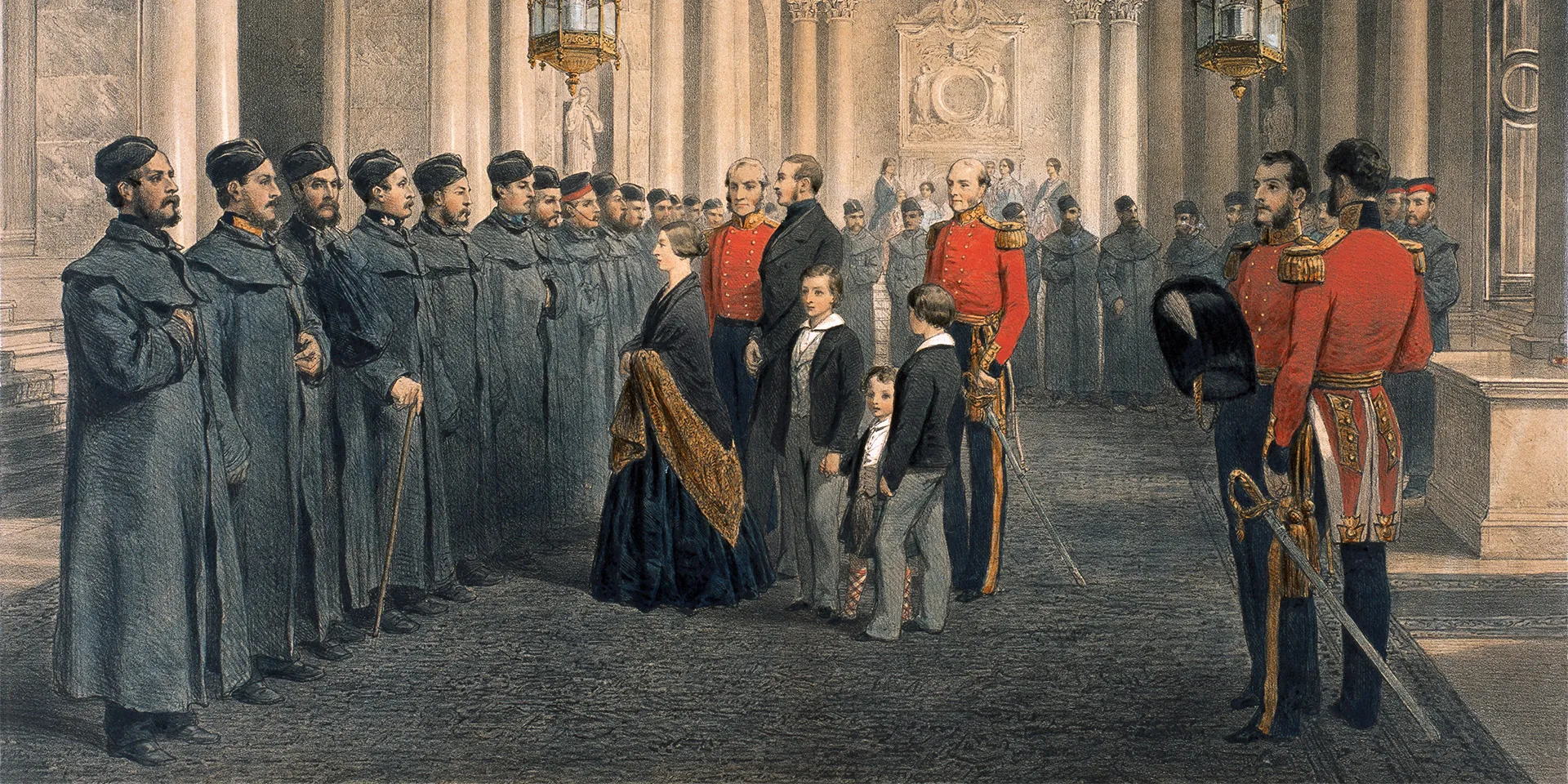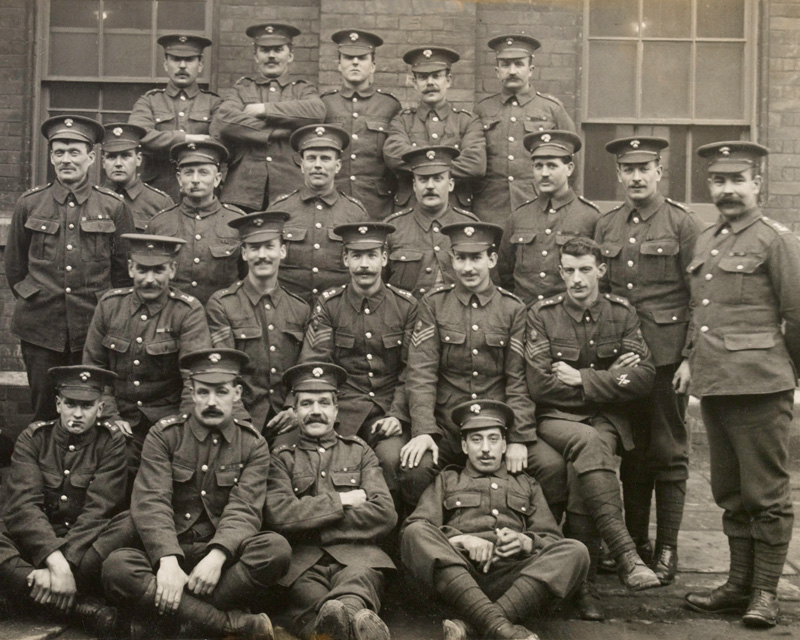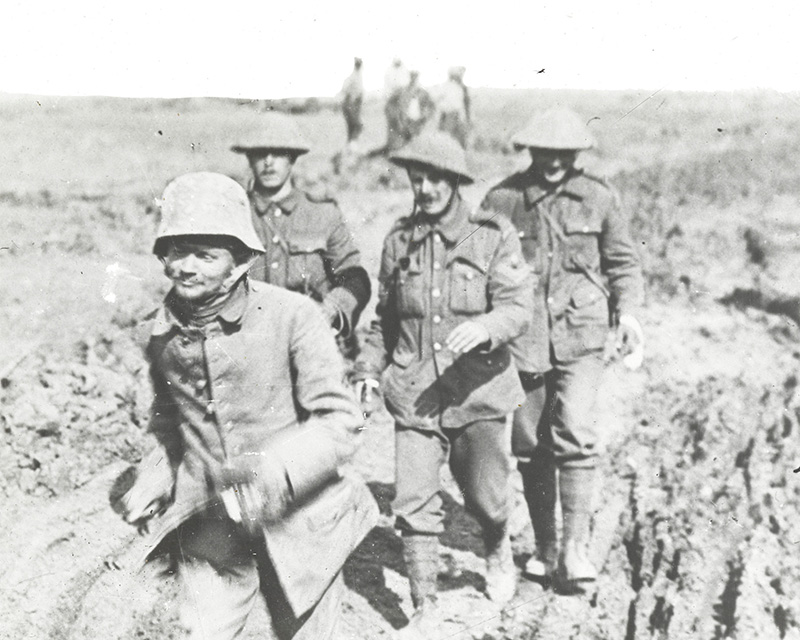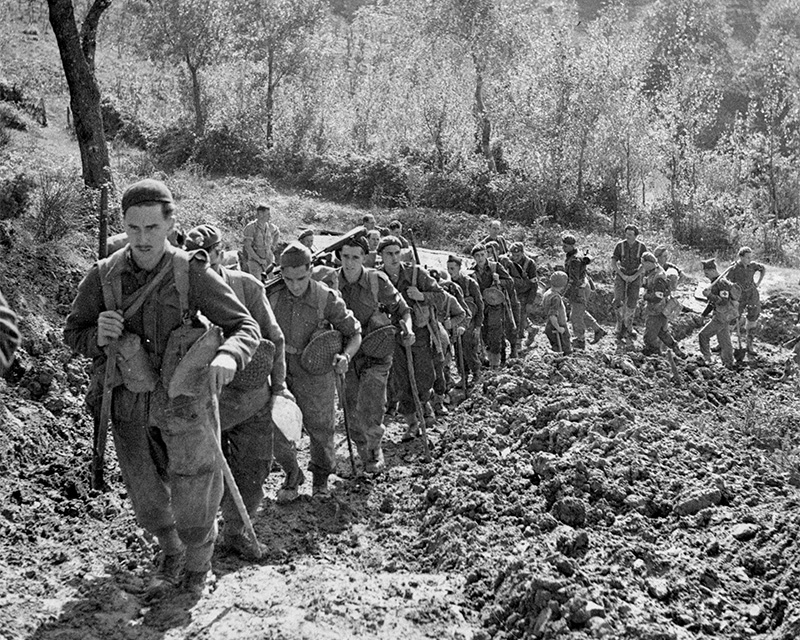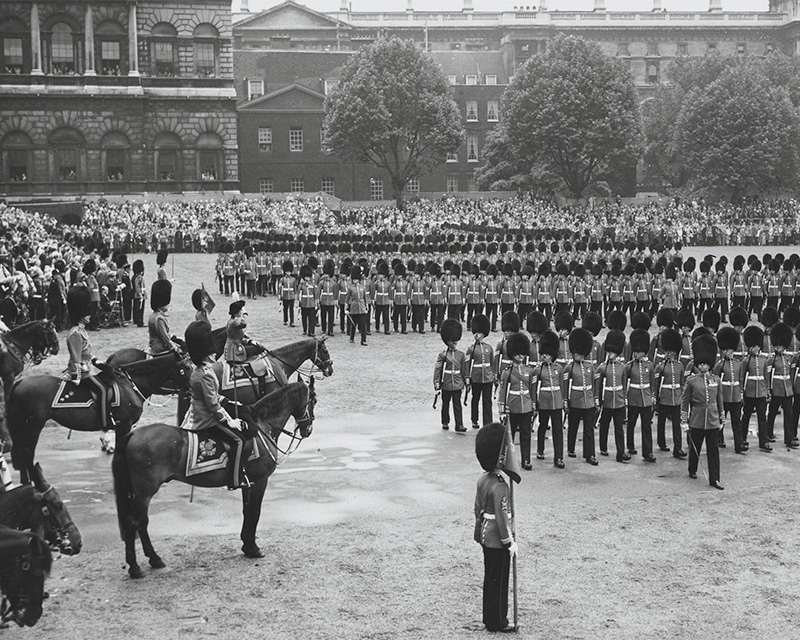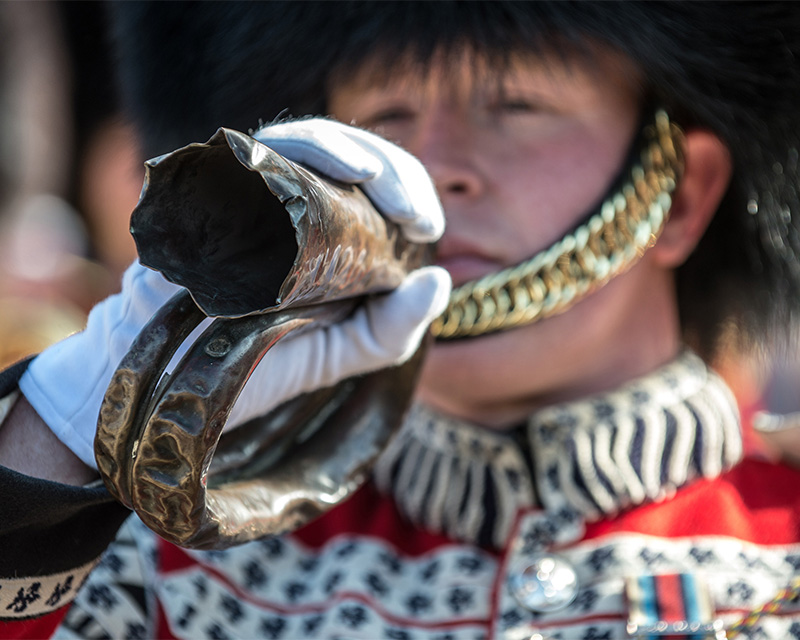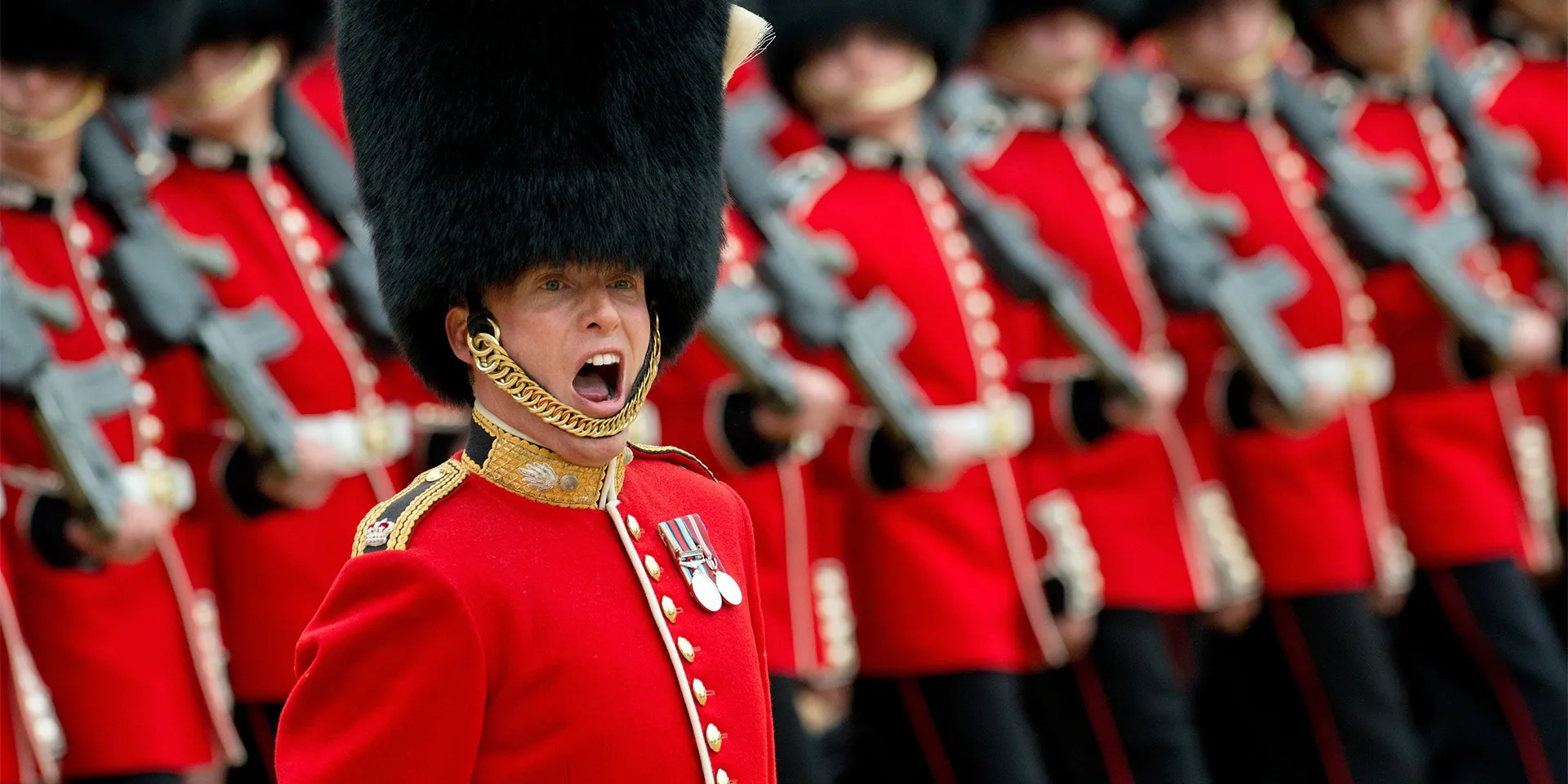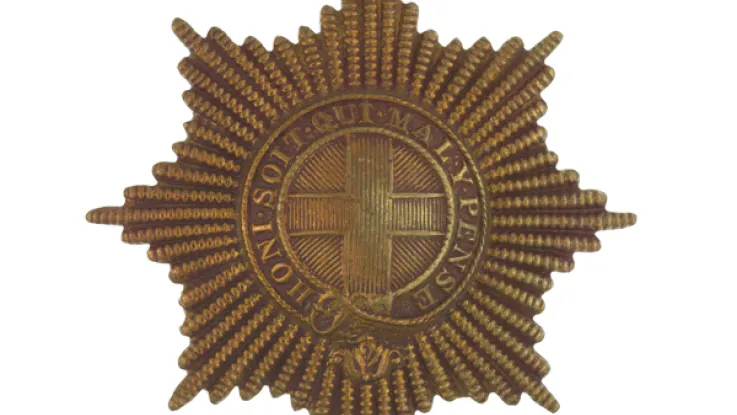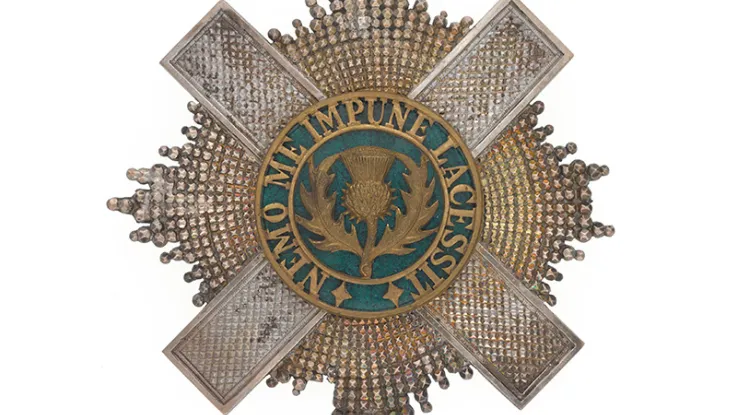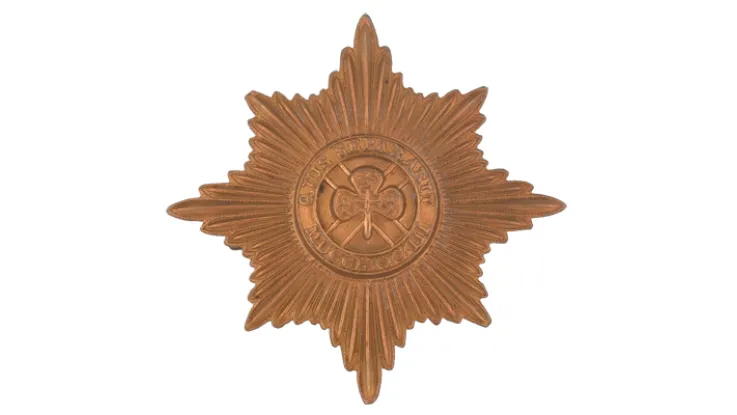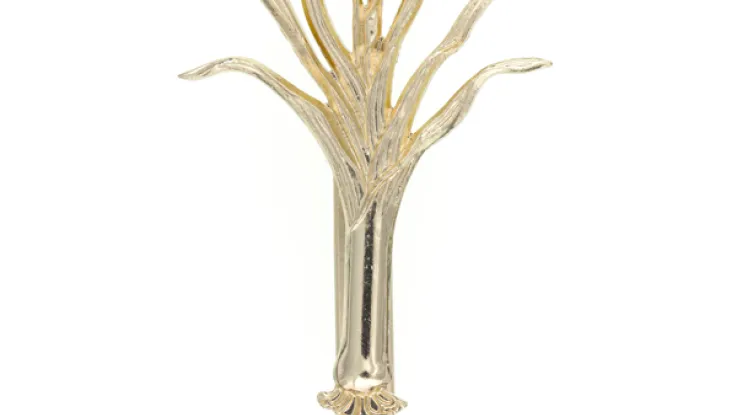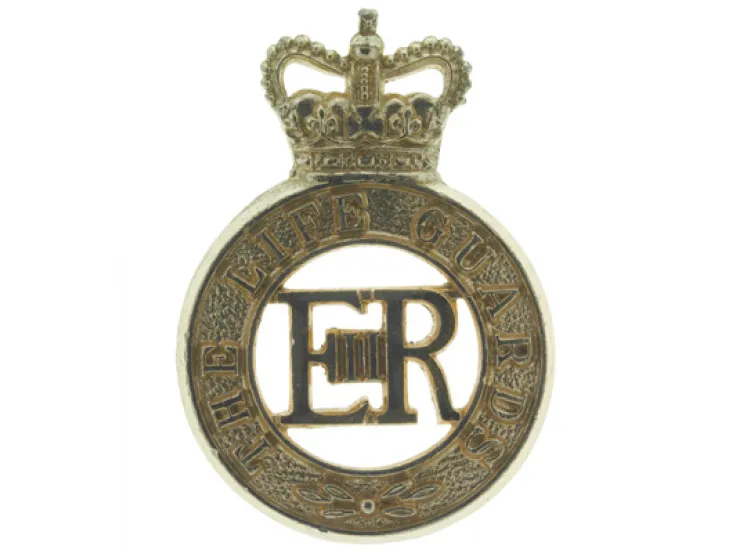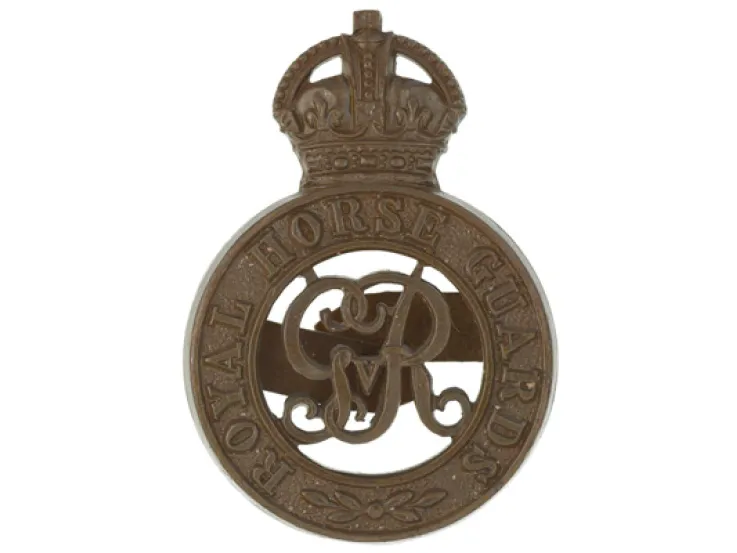Origins
In 1656, Lord Wentworth raised a regiment in Bruges to serve as part of King Charles II’s bodyguard. It was made up of men who had followed Charles into exile, following his defeat to Oliver Cromwell at the Battle of Worcester four years earlier.
When Charles was restored to the throne in 1660, he brought Wentworth’s Regiment onto the English establishment. He also commissioned John Russell to raise a new regiment of guards.
After Wentworth’s death in 1665, these two units were merged to form the 1st Regiment of Foot Guards. Russell’s regiment became the 1st Battalion and Wentworth’s the 2nd Battalion.
Order of precedence
Although the Coldstreams Guards is the older regiment (formed in 1650), the Grenadier Guards was first to enter the service of the Crown. For that reason, the Grenadiers are first in the British Army's order of precedence, with the Coldstreams second.
The Coldstreams' regimental motto, 'Nulli Secundus' (meaning 'Second to None'), clearly conveys their feelings on this.
Late 17th century
The new regiment won its first battle honour defending the English colony of Tangier (now in Morocco) in 1680.
During the Nine Years War (1689-97), it saw action at Steenkerque (1692), Landen (1693) and Namur (1695). As well as being one of the bloodiest battles of the conflict, Landen witnessed the guards regiments – today’s Grenadier, Coldstream and Scots Guards – fighting together as a brigade for the first time.
Early 18th century
In the early 1700s, the 1st Foot Guards had the Army’s most celebrated soldier, the Duke of Marlborough, as its colonel. Marlborough had started his military career in 1667 as an ensign in the regiment.
As well as contributing to a Composite Guards Battalion that helped defend Gibraltar in 1704, the regiment spent the War of the Spanish Succession (1702-13) serving with Marlborough’s army in northern Europe. This included action at Blenheim (1704), Ramillies (1706), Oudenarde (1708) and Malplaquet (1709).
The regiment was back in Europe during the War of the Austrian Succession (1740-48), fighting at Dettingen (1743) and Fontenoy (1745). This period also saw some of its men called upon to help suppress the Second Jacobite Rebellion (1745-46).
During the Seven Years War (1756-63), soldiers from both battalions of the 1st Foot Guards took part in the raid on St Malo (1758) and later served in Germany with the Guards Brigade, fighting at Wilhelmstal (1762). A 3rd Battalion was raised in 1760.
A detachment from the regiment also served in America during the War of Independence (1775-83), helping to take New York (1776), but later being captured at Yorktown (1781).
Revolutionary and Napoleonic Wars
In the wars against Revolutionary France (1793-1802), the regiment was deployed in northern Europe once again, taking part at the Battles of Lincelles (1793) and Alkmaar (1799). The following year, soldiers from the 1st Guards served in Egypt.
During the Peninsular War (1808-14), the regiment served under Sir John Moore on his advance into Spain and subsequent forced retreat. At the Battle of Corunna (1809), men of the 1st Foot Guards carried their mortally wounded commander from the field.
Over the next five years, the regiment continued to be heavily involved in Portugal and Spain, eventually helping to drive Napoleon’s armies out of the Iberian Peninsula.
Waterloo
Following Napoleon’s escape from exile, the regiment famously defeated the Grenadiers of the French Imperial Guard at Waterloo (1815). In recognition of this momentous achievement, it adopted that unit’s bearskin headdress and a flaming grenade as its cap badge.
This event also prompted its grenadier title. However, it wasn’t until 1877 that its name officially changed to the Grenadier Guards.
Late 19th century
The 1st (or Grenadier) Regiment of Foot Guards served with distinction during the Crimean War (1854-55), seeing action at the Alma (1854), Inkerman (1854) and Sevastopol (1854-55). Soon afterwards, in 1861, its 1st Battalion was briefly deployed to Canada during the Trent Affair – a period of heightened tensions between Britain and the United States at the outbreak of the American Civil War (1861-65).
The regiment spent most of the late 19th century on garrison and ceremonial duties in London, Windsor and Dublin. However, it also deployed individual battalions or detachments to fight in Egypt (1882), Sudan (1885 and 1898), the Ashanti War (1895) and the Boer War (1899-1902).
During the latter campaign, the 2nd and 3rd Battalions fought in several battles, including Modder River (1899) and Belmont (1899), as well as smaller actions during the anti-guerrilla phase of the war.
First World War
The Grenadier Guards fought on the Western Front throughout the First World War (1914-18), raising an additional 4th and 5th (Reserve) Battalion for the duration of the conflict. Battalions from the regiment fought at Ypres (1914), Loos (1915), the Somme (1916), Passchendaele (1917), Cambrai (1917) and many other battles.
In the 1930s, all three regular battalions spent time in Egypt on garrison duties.
Second World War
On the outbreak of the Second World War (1939-45), 1st and 2nd Battalion deployed to France with the British Expeditionary Force. They were evacuated from Dunkirk in May 1940 and were subsequently involved in mounting home defences against a potential German invasion.
Soon afterwards, the 2nd and recently re-formed 4th Battalion were re-equipped with tanks, while the 1st Battalion was motorised. All three units returned to North-West Europe in 1944, remaining there until the end of the conflict and taking part in the Battle for Caen (1944), Operation Market Garden (1944) and the Rhine crossing (1945).
In the meantime, 3rd Battalion fought in North Africa (1942-43) and Italy (1944), along with two additional hostilities-only battalions, 5th and 6th. The regiment's Italian service included the battles of Anzio (1944) and Monte Casino (1944).
Post-war deployments
After the war, the Grenadier Guards reverted to three-battalion status. Its soldiers served as occupation troops in Austria and West Germany in the late 1940s. They also served in Mandate Palestine (1948) and Malaya (1948).
The following decade included deployments to the Suez Canal Zone (1951-52 and 1954), West Germany with the British Army of the Rhine (1954-55 and 1959) and Cyprus (1956 and 1958).
In 1961, 3rd Battalion was placed in suspended animation. Its traditions and Colours are today maintained by 1st Battalion's Inkerman Company.
From the 1960s, the regiment regularly deployed to West Germany, as well as to Northern Ireland during 'the Troubles'. It also undertook garrison duties in Hong Kong in 1975. Later, 1st Battalion served during the Gulf War (1990-91).
In 1994, 2nd Battalion was placed in suspended animation. Its traditions, dating all the way back to Lord Wentworth, are continued by the 1st Battalion's Nijmegen Company.
Recent years
The Grenadier Guards deployed to the Falklands in 2003 and Bosnia in 2004-05. It also served during the conflicts in Iraq (2006) and Afghanistan (2007, 2009-10 and 2012).
As well as continuing to serve in a ceremonial role at home, its soldiers have recently deployed on training exercises in Kenya (2016) and Canada (2019).
Access the archive
The National Army Museum holds the archive collection for the Grenadier Guards. For more information about this collection, please contact the Templer Study Centre.
Regimental museums
The National Army Museum works with a network of Regimental and Corps Museums across the UK to help preserve and share the history and traditions of the Army and its soldiers.
Discover more about the Grenadier Guards by visiting The Guards Museum in London.

